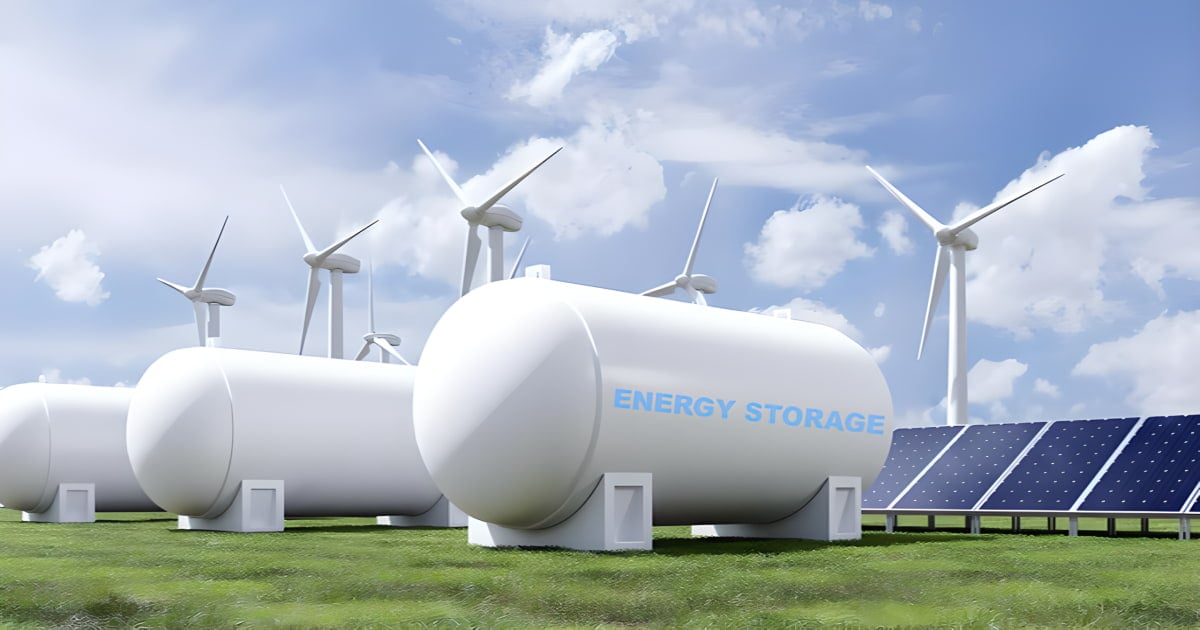- 3.2Impact Factor
- 7.3CiteScore
- 17 daysTime to First Decision
Advanced Energy Storage Technologies
This special issue belongs to the section “D: Energy Storage and Application“.
Special Issue Information
Dear Colleagues,
With the continuous growth of global energy demand and the transformation of energy structure, the importance of energy storage technology in fields such as power systems, new energy vehicles, and renewable energy is increasingly prominent. This Special Issue delves into the latest research advancements, key materials, system design, application scenarios, and policies and regulations related to energy storage technology. The included articles cover a range of energy storage technologies including electrochemical storage, pumped hydro storage, supercapacitors, thermal storage, cold storage, and flywheels, aiming to provide theoretical support and practical guidance for technological innovation and industrial development in the energy storage sector, and to facilitate the efficient utilization and sustainable development of energy.
Topics of interest for publication include, but are not limited to:
- Innovation in Energy Storage Materials
- Energy storage system design
- Electrochemical energy storage technology
- Physical energy storage technology
- Heat and cold storage technology
- Supercapacitors and Hybrid Energy Storage Systems
- Application scenarios of energy storage technology
- Economic analysis of energy storage technology
- Policies, regulations, and market environment
- Energy storage safety
- Environmental Impact and Life Cycle Assessment of Energy Storage Technology
- Future Development Trends of Energy Storage Technology
- Standardization and certification
Prof. Dr. Chun Chang
Dr. Zhiwei Ge
Prof. Dr. Hao Peng
Prof. Dr. Yaxuan Xiong
Guest Editors
Manuscript Submission Information
Manuscripts should be submitted online at www.mdpi.com by registering and logging in to this website. Once you are registered, click here to go to the submission form. Manuscripts can be submitted until the deadline. All submissions that pass pre-check are peer-reviewed. Accepted papers will be published continuously in the journal (as soon as accepted) and will be listed together on the special issue website. Research articles, review articles as well as short communications are invited. For planned papers, a title and short abstract (about 250 words) can be sent to the Editorial Office for assessment.
Submitted manuscripts should not have been published previously, nor be under consideration for publication elsewhere (except conference proceedings papers). All manuscripts are thoroughly refereed through a single-blind peer-review process. A guide for authors and other relevant information for submission of manuscripts is available on the Instructions for Authors page. Energies is an international peer-reviewed open access semimonthly journal published by MDPI.
Please visit the Instructions for Authors page before submitting a manuscript. The Article Processing Charge (APC) for publication in this open access journal is 2600 CHF (Swiss Francs). Submitted papers should be well formatted and use good English. Authors may use MDPI's English editing service prior to publication or during author revisions.
Keywords
- energy storage
- battery technology
- lithium-ion battery
- sodium-ion battery
- lead-acid battery
- flow battery
- supercapacitor
- flywheel storage
- pumped hydro storage
- compressed air energy storage (CAES)
- thermal storage
- phase change materials
- energy management systems (EMS)
- battery management systems (BMS)
- renewable energy integration
- grid storage
- electric vehicle (EV) batteries
- peak shaving
- energy efficiency
- sustainability
- life cycle analysis
- safety and reliability
- regulatory policies
- market analysis
- cost effectiveness
- energy density
- power density

Benefits of Publishing in a Special Issue
- Ease of navigation: Grouping papers by topic helps scholars navigate broad scope journals more efficiently.
- Greater discoverability: Special Issues support the reach and impact of scientific research. Articles in Special Issues are more discoverable and cited more frequently.
- Expansion of research network: Special Issues facilitate connections among authors, fostering scientific collaborations.
- External promotion: Articles in Special Issues are often promoted through the journal's social media, increasing their visibility.
- e-Book format: Special Issues with more than 10 articles can be published as dedicated e-books, ensuring wide and rapid dissemination.

